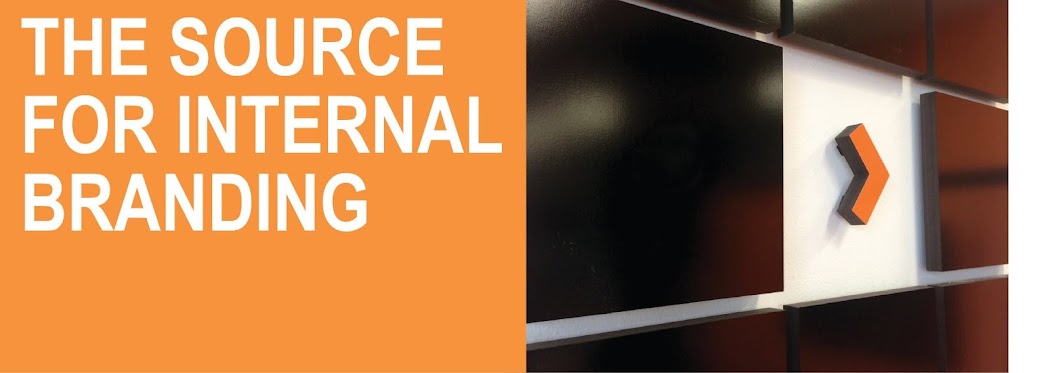It is
called the field of dreams approach. When it comes to business, the idea goes
something like this: “If we build a great
product, store, or website, the customers will come to us.” For some things,
it really is that simple. Turns out, however, that social media sites are not
one of those things.
For
the last five or so years, businesses have spent countless hours and billions
of dollars investing in social media programs. In fact, last year alone,
organizations spent $4.5 billion building and improving social media related technology.
At this point, almost every company has at least one Twitter handle, Facebook
page, and a blog site of some type. Customers are well aware that they are out
there. The problem, however, is that most of them don’t really care.
According
to a paper recently published by Badgeville,
84% of customers never see Facebook brand updates and nearly 70% never log into
companies’ web-based communities. Even fewer spend their time with user-generated
content tools. So, what does this mean for marketers? It means that the ongoing
task of creating valuable, attention-grabbing content that actually gets
customers to engage is a very difficult one.
Feeling
discouraged? No need.
The
challenge of building a magnetic social media community, one that not only
attracts users, but also keeps them engaged, is a conquerable one. It’s all about using
intrinsic motivators to influence customer behavior. Making customers feel
smart, successful, and socially valued is more powerful than luring them with
cash and prizes. Therefore, you should try to incorporate the following
engagement tactics into your company’s social media sites. They will not only
attract customers to your sites, but they will keep them coming back.
Game mechanics: Gameplay is fun, social, and most of all, addictive. Build social media platforms that incorporate game features. There are two great reasons for this, customers feel smart when they have opportunities to prove their knowledge and competition fuels feelings of success and social achievement.
Reputation management: Companies can encourage engagement by giving users a chance to show off their Klout in a community. Klout is a website and mobile app that uses social media analytics to rank its users according to online social influence via the "Klout Score". In determining the user score, Klout measures the size of a user's social media network and correlates the content created to measure how other users interact with that content. The more questions a user answers on a forum, for instance, the closer they come to attaining a higher status level. Status and social identity are two influential motivators.
Social mechanics: Dynamic social experiences encourage user participation. Sharing social experiences is an integral part of everyday. By bringing this to life through social media, companies tap into the user’s need for belongings and social acceptance. The results are powerful.
